
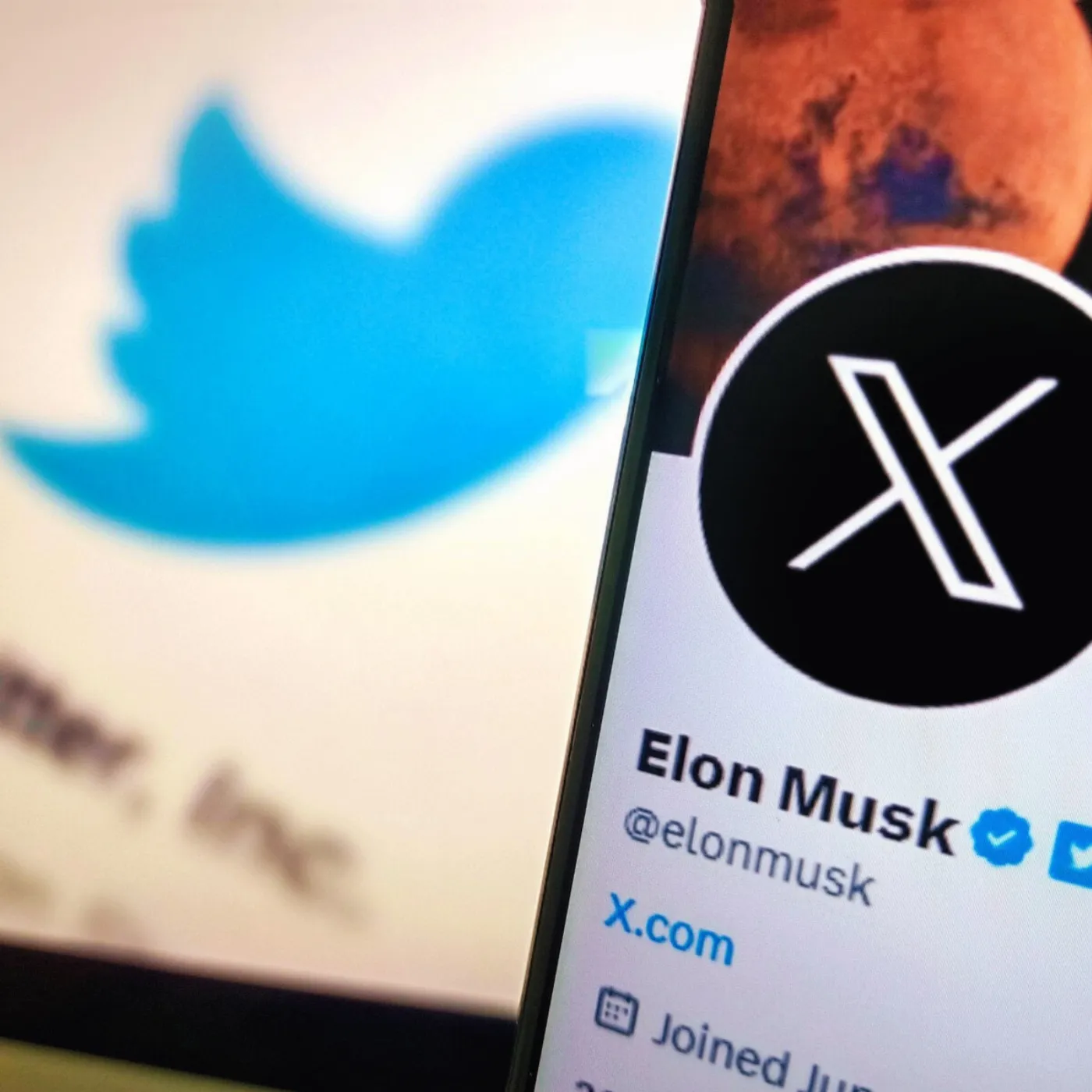
Elon Musk’s Bold Plan to Reinvent X and Disrupt Social Media
In the fast-paced world of technology, few names command the sheer attention and relentless controversy of Elon Musk. Renowned for his audacious ventures in electric vehicles, space travel, and artificial intelligence, Musk is now setting his sights on one of the most contentious battlegrounds of the modern age: social media. With his high-profile acquisition and radical reinvention of X — formerly Twitter — Musk has launched a cultural and technological experiment that’s either visionary or reckless, depending on whom you ask.
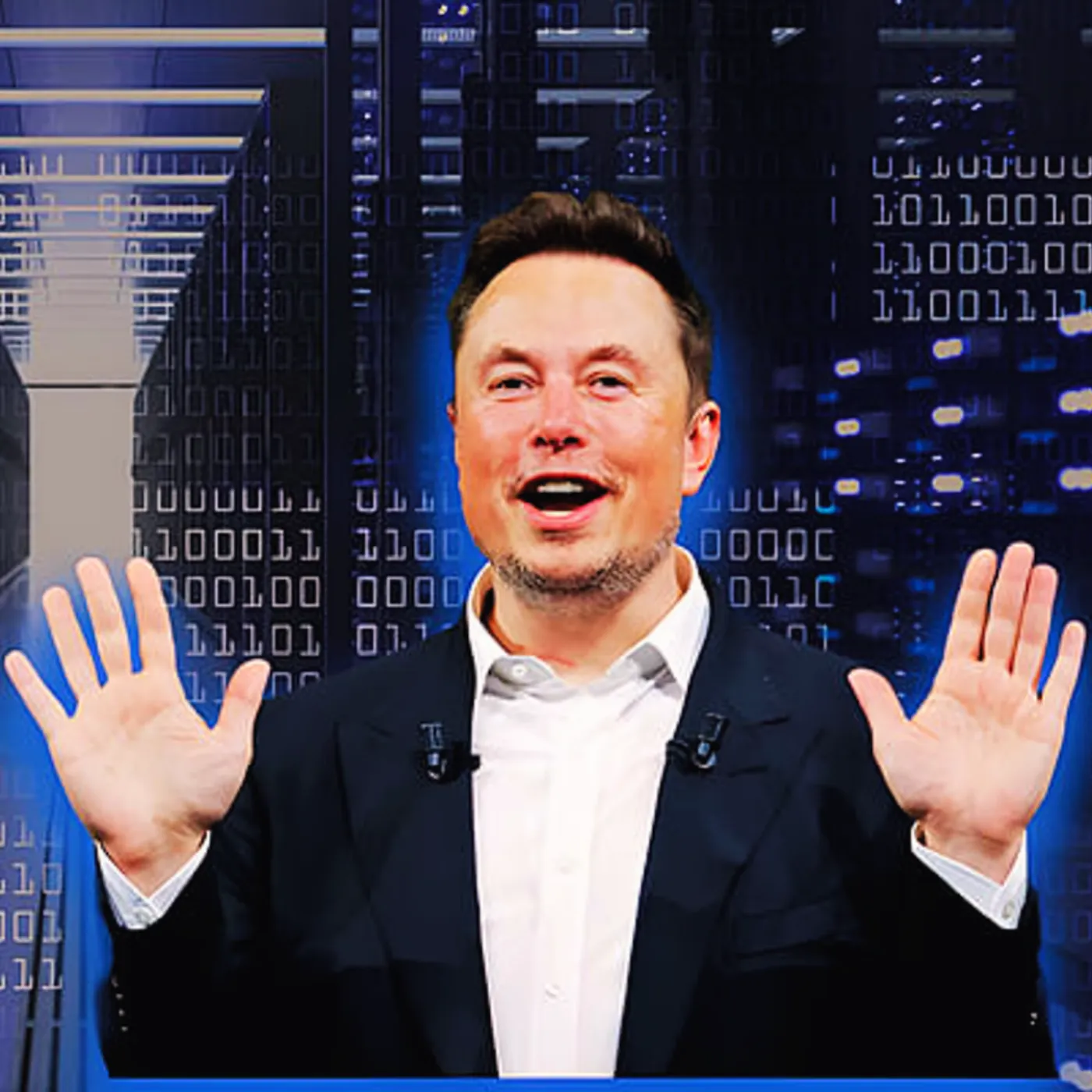
What makes this story so captivating isn’t just the celebrity of Musk himself, but the scope of his ambition. Musk isn’t merely buying a social media company. He’s attempting to completely redefine what a digital platform can be, promising to transform X from a microblogging site into a sprawling, all-encompassing digital ecosystem. It’s a daring gamble on the future of online interaction, one that’s drawn both fascination and fury from around the world.
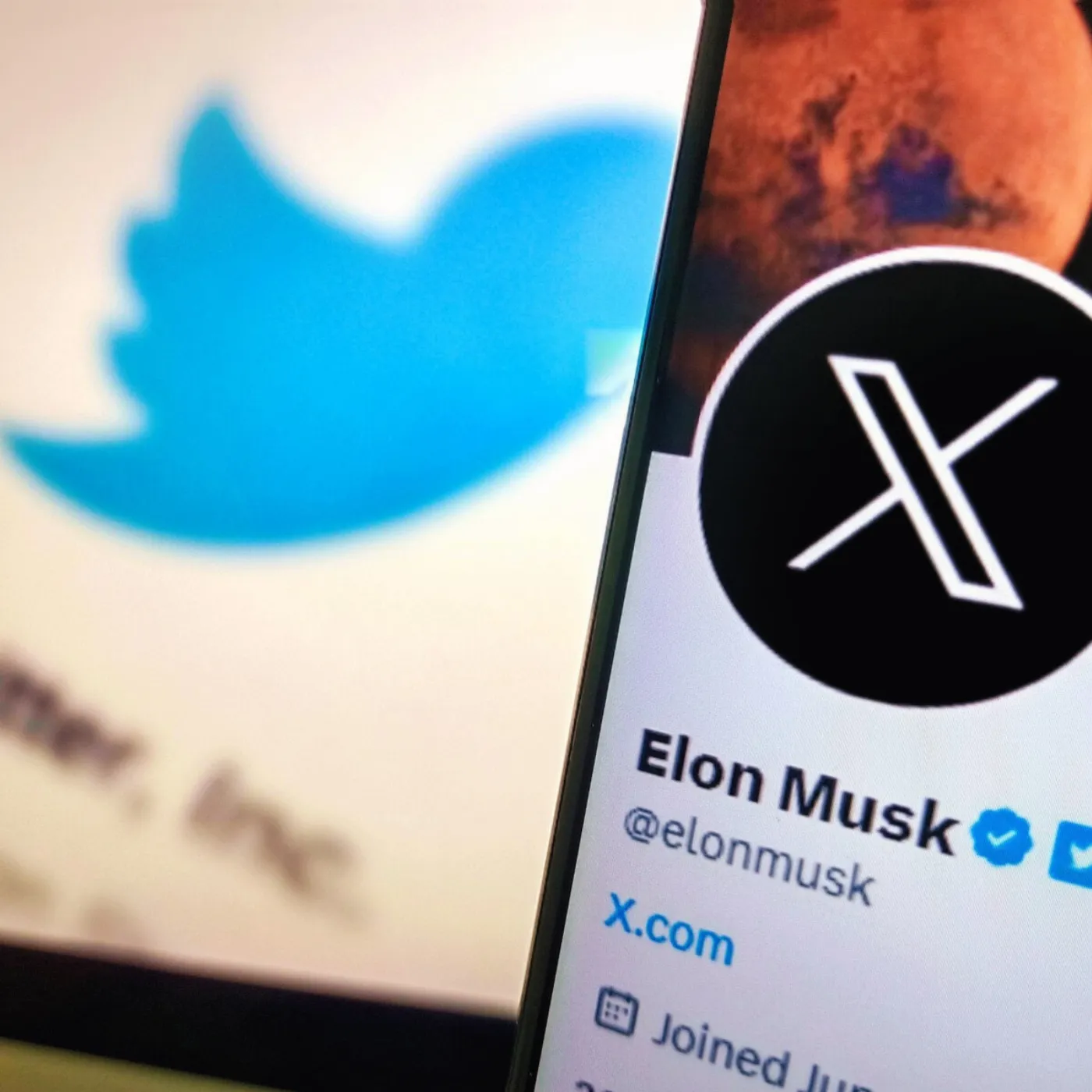
The High-Stakes Acquisition That Shook the Tech Industry
When Elon Musk announced his intention to purchase Twitter in 2022, the reaction from Wall Street, Silicon Valley, and the public was immediate and explosive. The $44 billion deal was one of the largest and most polarizing tech acquisitions in history, instantly turning a platform often criticized for its volatility into the subject of unprecedented global scrutiny.
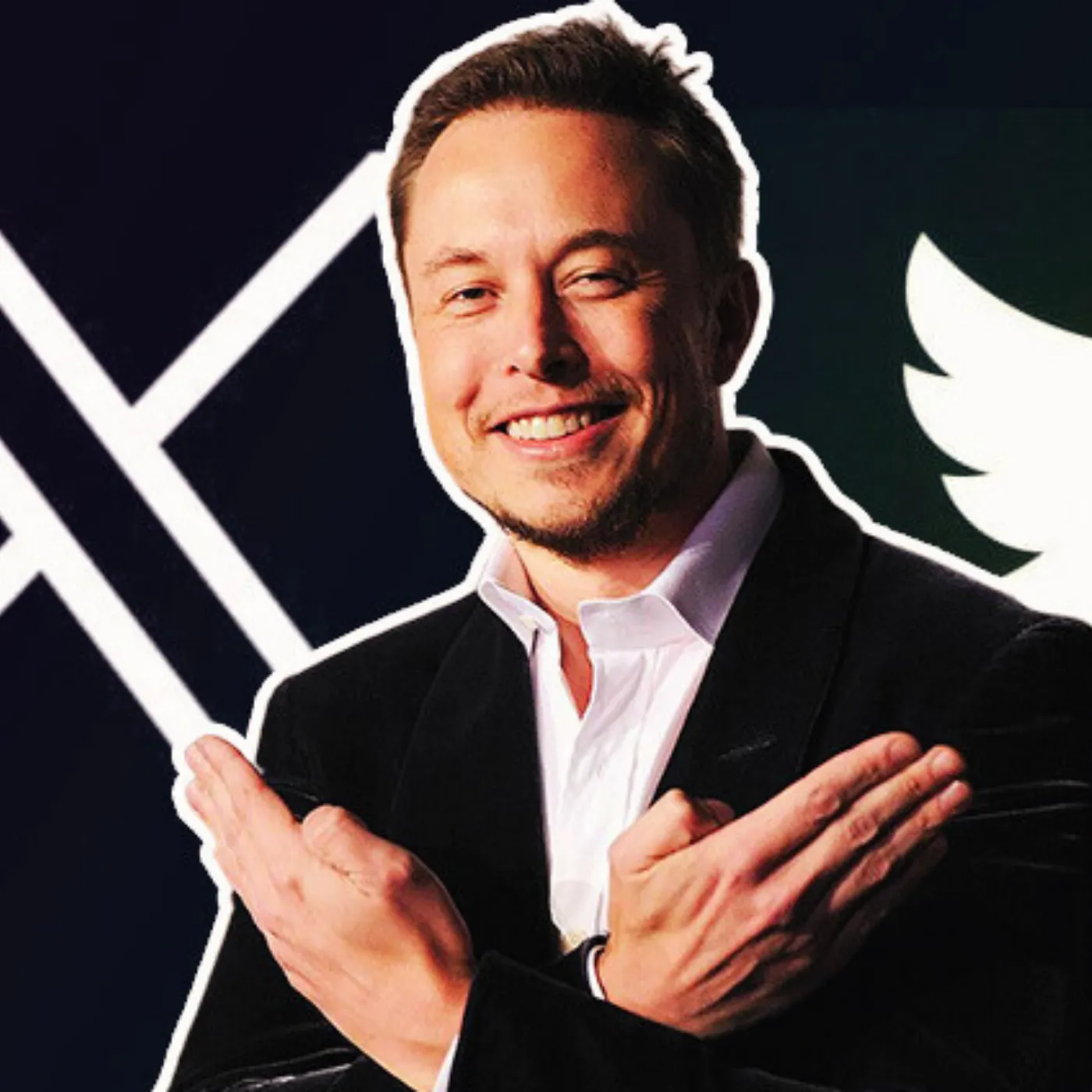
The deal wasn’t without drama. Legal battles, shareholder disputes, and even last-minute attempts by Musk to back out of the agreement made headlines for months. Ultimately, Musk completed the purchase, stepping into the role of Chief Twit and immediately taking a wrecking ball to the company’s existing structure. Executives were fired, teams were dismantled, and policies that had defined Twitter for years were abruptly discarded.
What looked like chaos to some was, in Musk’s eyes, a necessary purge. He claimed the platform had grown stagnant, burdened by bureaucracy and risk-averse leadership. To make X competitive in an evolving tech landscape, he insisted that radical, sometimes uncomfortable change was essential.
A Vision for X That Goes Beyond Social Media
Unlike typical social media acquisitions, Musk’s purchase wasn’t about maintaining the status quo. His ultimate goal is to transform X into what he describes as an “everything app,” a single platform capable of replacing multiple digital services. Inspired by China’s WeChat — a platform that combines messaging, social networking, e-commerce, payments, and more — Musk envisions a future where X isn’t just where you tweet but also where you shop, stream videos, manage payments, and even interact with AI-powered tools.
This concept isn’t new in tech circles, but Musk’s decision to pursue it within the volatile arena of Western social media is undeniably bold. The barriers to creating an all-in-one platform in a highly regulated and competitive market are immense. Yet, for Musk, that challenge only adds fuel to the fire. He believes that with the right combination of disruptive ideas and fearless execution, X could evolve into one of the most influential and valuable digital ecosystems on the planet.
Disruptive Decisions That Redefined the Platform Overnight
In the weeks following Musk’s takeover, X underwent a series of rapid, high-profile changes that sent shockwaves through the tech world. One of his first and most controversial moves was a massive restructuring of the company’s workforce. Thousands of employees, including long-standing executives, product teams, and content moderators, were laid off in an aggressive bid to streamline operations.
These layoffs sparked intense public debate. Critics labeled the decision reckless, warning that it would destabilize the platform’s infrastructure and cripple its ability to manage harmful content. Supporters, however, argued that Musk was simply doing what other tech leaders lacked the courage to attempt: eliminating bloated management and pivoting toward a leaner, more agile organization.
At the same time, Musk rewrote X’s content moderation policies, declaring himself a defender of maximum free speech. Previously established rules around misinformation, political discourse, and user bans were rolled back or relaxed. While Musk framed these moves as a restoration of open dialogue, they also reignited heated conversations about online safety, harassment, and the platform’s social responsibilities.
Innovations That Could Transform the Digital Landscape
While Musk’s management style and policy decisions made headlines, his long-term plans for product innovation have been equally groundbreaking. Among the most talked-about features is the development of X Payments, an integrated financial system that would allow users to send money, tip content creators, and pay for services directly through the app. This marks a radical departure from Twitter’s original function and positions X as a potential player in the lucrative world of digital payments.
Another key innovation is the platform’s shift toward long-form content and video streaming. Previously restricted by its iconic character limit, X is now embracing more substantial posts, multimedia uploads, and live video features. Musk has publicly stated his ambition to lure popular creators, journalists, and entertainers away from YouTube, Substack, and TikTok by offering them better monetization tools and direct access to their audiences.
Perhaps the most futuristic of Musk’s plans is the integration of AI-powered personal assistants into X. Leveraging advances from his AI startup xAI and collaborations with Tesla’s AI division, Musk envisions digital tools that help users draft content, analyze trends, and automate tasks. This AI integration not only promises to make the app more versatile but also positions X as a key player in the emerging AI economy.
Recognizing growing concerns about online privacy, Musk has also committed to introducing end-to-end encrypted messaging for direct messages. This would bring X into competition with messaging apps like Signal and WhatsApp, while signaling Musk’s interest in offering users more secure, private forms of communication within a unified app environment.
Why the Plan Faces Relentless Backlash
As ambitious as Musk’s vision for X may be, it has also attracted relentless skepticism and fierce resistance. Many tech analysts warn that attempting to turn a specialized social platform into a sprawling, all-in-one app could risk alienating its core user base. They argue that users turn to platforms for specific experiences, and that cramming too many features into a single app risks diluting its purpose.
Musk’s unorthodox management style has compounded these concerns. His tendency to announce sweeping changes via public tweets without consulting stakeholders, employees, or regulators has created an atmosphere of unpredictability around X. This has led to advertiser pullbacks, regulatory scrutiny, and public relations controversies.
Content moderation changes, in particular, have proven highly divisive. While Musk claims to champion free expression, critics warn that reducing oversight on harmful content could lead to a resurgence of misinformation, harassment, and extremist rhetoric on the platform. Balancing openness with community safety remains one of X’s most difficult and politically charged challenges.
The Financial Gamble That Could Redefine Digital Business Models
Financially, Musk’s transformation of X is a high-stakes gamble. Twitter’s historical struggles with profitability were well-documented, with the platform often relying heavily on advertising revenue to survive. Musk’s decision to reduce that dependency by introducing subscriptions, paid verification, and premium services has yet to fully offset advertiser losses.
Introducing digital payment systems, AI services, and video monetization opens new revenue streams, but these also require substantial investment and complex infrastructure upgrades. Additionally, Musk’s polarizing public image and unpredictable leadership style have made potential partners and advertisers wary.
Some financial experts believe Musk is banking on X’s eventual positioning as a data-rich, AI-powered platform capable of commanding premium valuations in sectors like fintech, content streaming, and AI-powered services. Others caution that the fragmentation of its user experience and persistent controversies could undermine its ability to compete with specialized, well-established rivals.
A Cultural Moment the World Can’t Ignore
Regardless of whether Musk’s experiment with X succeeds or fails, it has become one of the most important and talked-about narratives in modern tech history. This isn’t just about the fate of a single company, but about the future of digital spaces, the limits of free expression, and the risks and rewards of disruptive leadership.
Even Musk’s harshest critics admit that the world can’t look away. Every new feature, policy shift, or viral Musk tweet generates headlines, opinion pieces, and debates across industries. The X saga reflects larger anxieties about digital monopolies, AI influence, and the ongoing battle between corporate power and public interest in online communities.
Conclusion: A Risky Bet That Might Redefine Digital Culture
Elon Musk’s plan to rebuild X is a bold, high-risk endeavor. It’s equal parts visionary and volatile, offering a glimpse into both the extraordinary possibilities and the perilous pitfalls of modern tech disruption. Whether X becomes a revolutionary digital empire or a cautionary tale of overreach will depend on how well Musk can balance innovation, monetization, platform safety, and public trust.
For now, the conversation continues. The public watches, debates, and — for better or worse — remains captivated by the extraordinary, unpredictable, and undeniably dramatic reinvention of X.








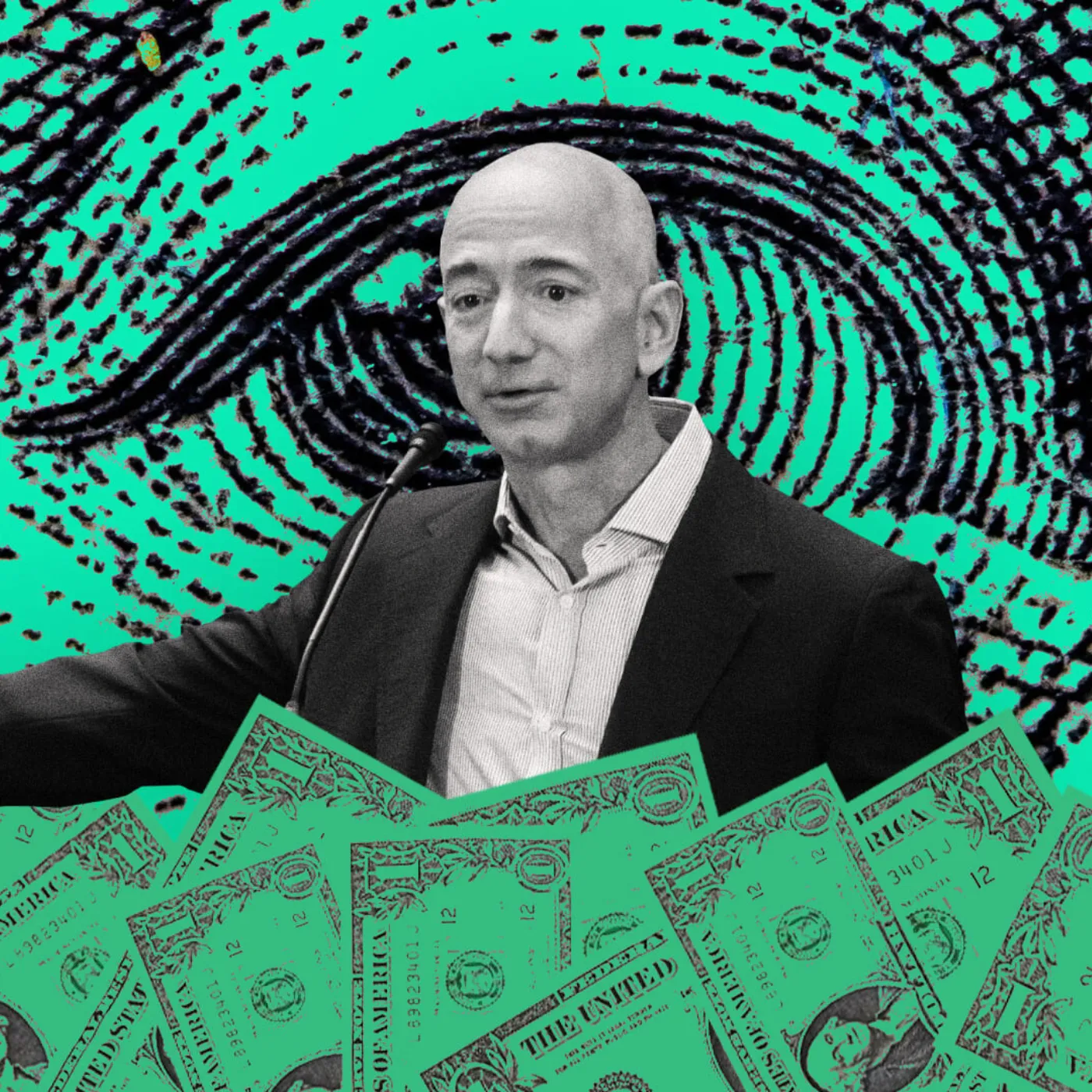
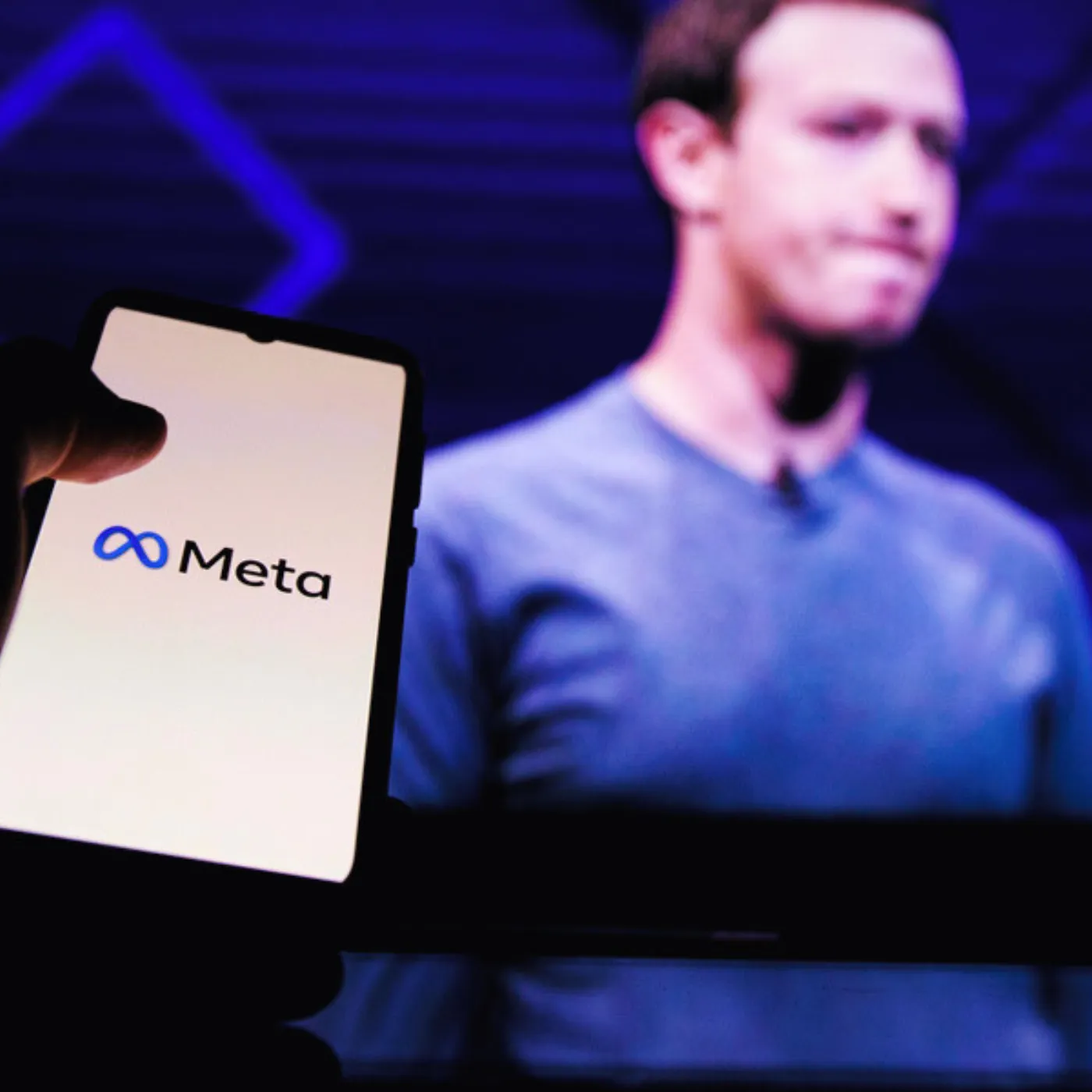
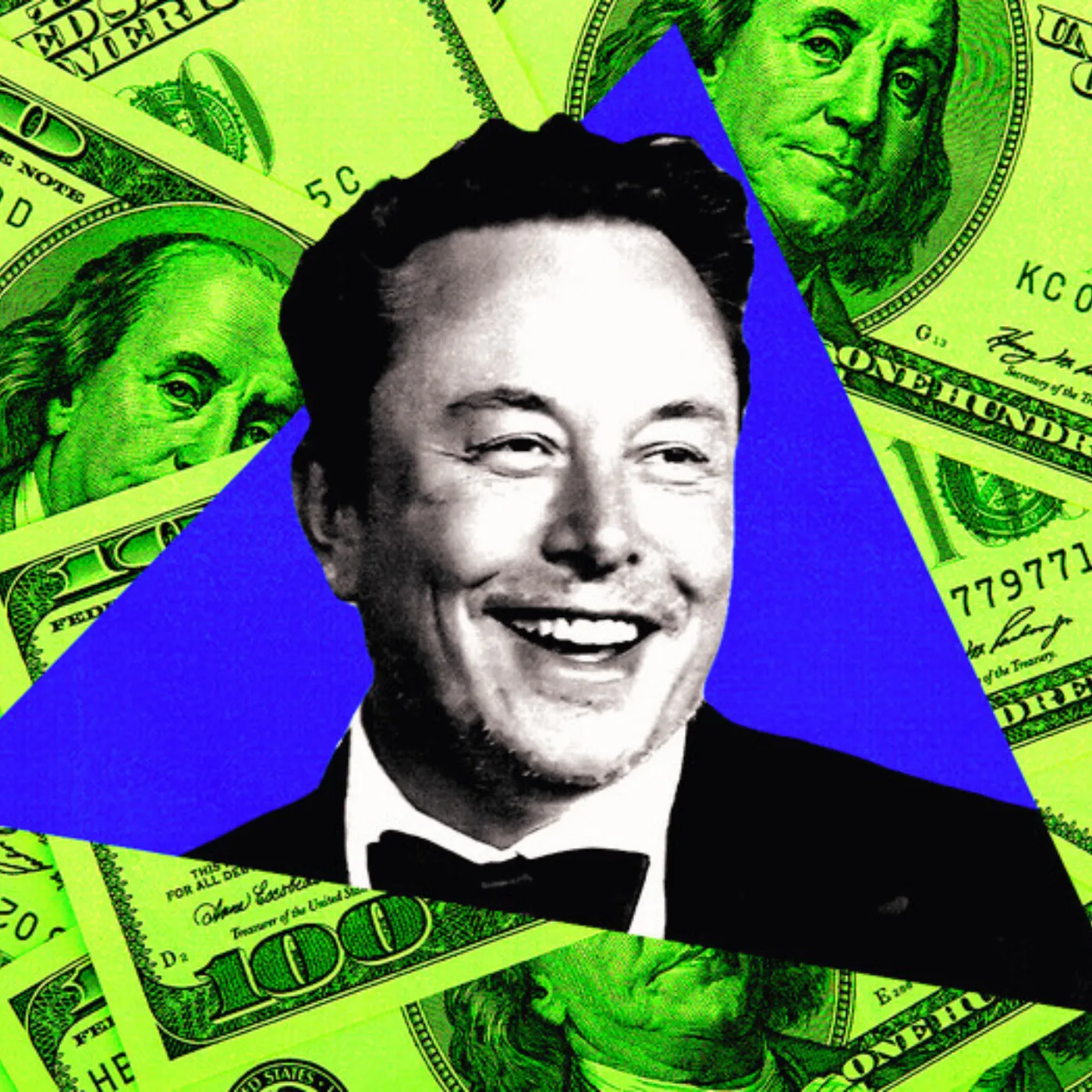








Post Comment